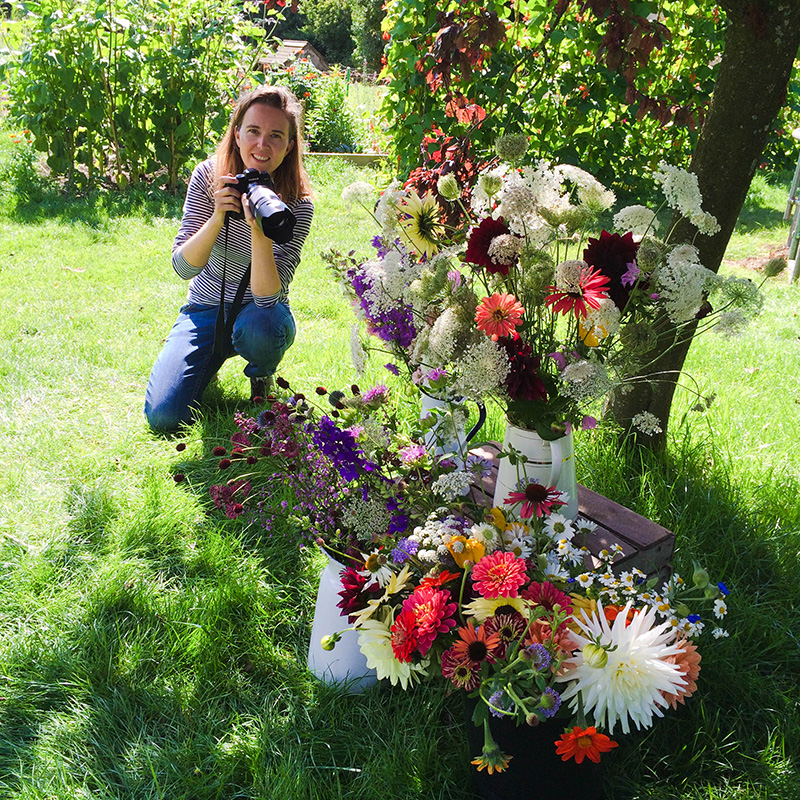30 Days of Composition
Every August year the A Year With My Camera community takes part in a photography challenge called #30DaysOfComposition. The aim is to have some fun and spend a whole month improving photographic composition.
If you want to get off auto mode as well as exploring composition in more depth, sign up for my beginner’s photography workshop A Year With My Camera. The email version is free: join at the end of this post.
What is composition?
Composition is one of the absolute fundamentals of photography. (The other two are working with the light, and understanding the technical controls of your camera to get the right exposure.)
Simply put, composition is how you arrange stuff in the photograph.
In other words, composition is how you take the 3 dimensional scene you see in front of you and then position your camera so that, when compressed into a 2 dimensional image, the final photograph is what you wanted. The relationship between objects changes when compressed from 3 dimensions to 2, and the skill of the photographer is knowing what will happen to all the elements when this happens.
When you are paying attention to your composition, you'll be asking yourself questions such as:
> Is it clear what my subject is, or has my subject blended into the background, or been overshadowed by something that is now bigger in the frame?
> What has crept into the frame to distract the viewer from where I want them to look?
> Am I positioned in the best place, or should I have a lower or higher viewpoint? Should I move slightly to the left or the right?
> Have I made the most of every element in the frame? Is everything earning its place? Should I move to exclude something?
> Do I need to wait for something to move in or out of the frame? Is everything aligned in the way I want it to be?
If you work through the 30 Days of Composition challenge, you'll spend each day for a month working on a different composition technique. By the end of the month you'll have a palette of 30 techniques to draw on, each creating a different mood in your image. You will never, ever use all 30 techniques in the same image. In fact you'll probably never use more than 2 or 3 at the most in the same image, but you'll have them all in your back pocket, ready to try next time you're out with your camera.
The prompts:
viewpoint
framing
negative space
diagonals
rule of thirds
leading lines (no railway tracks please)
symmetry
fill the frame
3s or 5s
balance (read this post for more detail)
pattern
no foreground
circular
form or shape
texture
what's leaving the frame?
create depth
create movement
perfectly aligned
deliberately discordant
square format
single focal point
tiny subject
complementary colour
mono
abstract
repetition
S-curve
eye contact
break the rules
The idea is to create an image that uses the relevant composition prompt as the main feature of the photograph. So if you're doing texture, you need to make a photo that has texture at its core - the reason for its being is the texture that you show. Don't just take a photo that happens to have a texture, make the texture the focus of the the image.
As you work through the prompts, pay attention to the effect each one has on the mood of the image. For example, the viewpoint you choose is the most personal connection you have with your viewer - they step into your shoes when they look at your photograph. Are you going to make them get down on the floor and look up, or just stay where you are at adult head height?
If you don’t know what a particular prompt means, do a quick Google search. eg. a search for “What is the rule of thirds” will bring up lots of help.
Beginner’s Photography Workshop
Get off auto mode once and for all with my flagship beginner’s course A Year With My Camera. The email version is free for a year. Join here and get started today:
Header image Renáta-Adrienn, with permission.
You might also enjoy:



